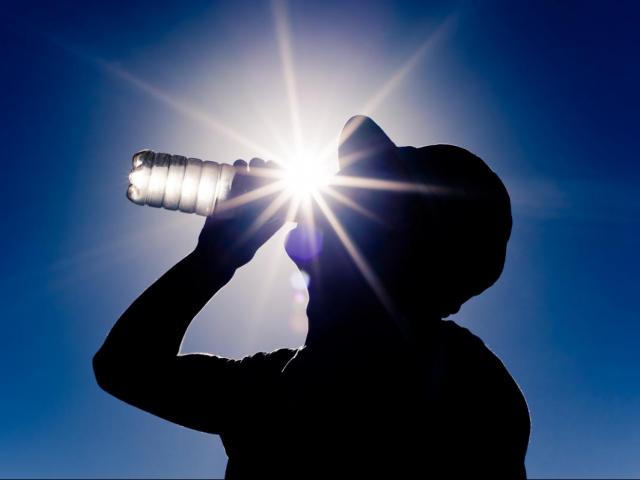HEAT STRESS AND SAFETY
Educate and Protect Your Workers from Heat Related Illness
What is Heat Illness? The following are illnesses that may result from exposure to heat in the workplace
Heat Stroke is the most serious heat-related health problem
Heat stroke occurs when the body’s temperature regulating system fails and body temperature rises to critical levels (greater than 104°F). This is a medical emergency that may result in death! The signs of heat stroke are confusion, loss of consciousness, and seizures. Workers experiencing heat stroke have a very high body temperature and may stop sweating. If a worker shows signs of possible heat stroke, get medical help immediately, and call 911. Until medical help arrives, move the worker to a shady, cool area and remove as much clothing as possible. Wet the worker with cool water and circulate the air to speed cooling. Place cold wet cloths, wet towels, or ice all over the body or soak the worker’s clothing with cold water.
Heat Exhaustion is the next most serious heat-related health problem
The signs and symptoms of heat exhaustion are headache, nausea, dizziness, weakness, irritability, confusion, thirst, heavy sweating, and a body temperature greater than 100.4°F. Workers with heat exhaustion should be removed from the hot area and given liquids to drink. Cool the worker with cold compresses to the head, neck, and face or have the worker wash his or her head, face, and neck with cold water. Encourage frequent sips of cool water. Workers with signs or symptoms of heat exhaustion should be taken to a clinic or emergency room for medical evaluation and treatment. Make sure that someone stays with the worker until help arrives. If symptoms worsen, call 911 and get help immediately.
Heat Cramps are muscle pains usually caused by the loss of body salts and fluid during sweating. Workers with heat cramps should replace fluid loss by drinking water and/or carbohydrate-electrolyte replacement liquids (e.g., sports drinks) every 15 to 20 minutes.
A Golden Safety Rule. “WATER / REST / SHADE”
Ensure that cool drinking water is available and easily accessible. (Note: Certain beverages, such as caffeine and alcohol can lead to dehydration.) Encourage workers to drink a liter of water over one hour, which is about one cup every fifteen minutes. Provide or ensure that fully shaded or air-conditioned areas are available for resting and cooling down.
By Steve Gailbreath, Loss Prevention Consultant
